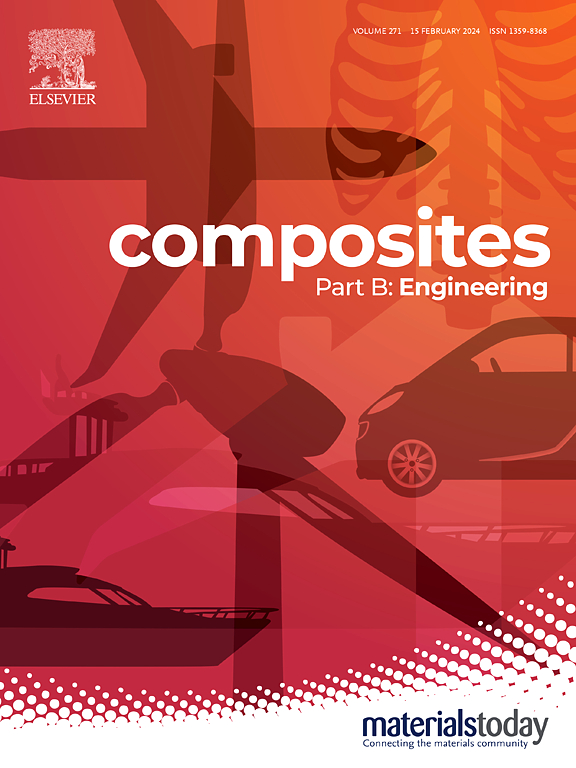Ultra stable and stretchable liquid-metal precisely patterned circuits for integrated wearable devices under heat-pressed
IF 12.7
1区 材料科学
Q1 ENGINEERING, MULTIDISCIPLINARY
引用次数: 0
Abstract
Liquid metal (LM) has widespread applications in flexible wearable electronic devices. Despite this, challenges persist with LM and thermoplastic polyurethane (TPU) composite materials in creating flexible electronic circuits, including complex processes, limited pattern precision and material inefficiencies. This study introduced a LM composite material, TPU@LM ink, suitable for dispensing printing. By fine-tuning the ratio of LM to TPU, this ink enabled the production of micron-scale ultrastable flexible circuits. The patterned TPU@LM circuit achieved a minimum line width of 239.01 μm and conductivity of 7.5 × 103 S/cm, exhibiting stretchable conductivity stability (1000 cycles), thermal stability (25°C-100 °C) and repairability. The hysteresis error of the sensing performance was only ±3.18 % upon stretching to 400 %. The circuit could be repeated 2000 times and could detect a tensile strain of 0.5 %. The temperature of the TPU@LM circuit could be increased to 70.51 °C, the temperature only decreased by 0.4 °C after stretching 2000 times and the heating-cooling process could be cycled. Additionally, the recovery rate of TPU@LM ink was 93.8 % and it could be reused. Additionally, motion monitoring and thermal therapy experiments confirmed that the TPU@LM circuit maintains stable conductivity under high temperature and pressure conditions (100 °C and 20 kPa), facilitating seamless integration between the TPU@LM circuit and clothing and accessories.

求助全文
约1分钟内获得全文
求助全文
来源期刊

Composites Part B: Engineering
工程技术-材料科学:复合
CiteScore
24.40
自引率
11.50%
发文量
784
审稿时长
21 days
期刊介绍:
Composites Part B: Engineering is a journal that publishes impactful research of high quality on composite materials. This research is supported by fundamental mechanics and materials science and engineering approaches. The targeted research can cover a wide range of length scales, ranging from nano to micro and meso, and even to the full product and structure level. The journal specifically focuses on engineering applications that involve high performance composites. These applications can range from low volume and high cost to high volume and low cost composite development.
The main goal of the journal is to provide a platform for the prompt publication of original and high quality research. The emphasis is on design, development, modeling, validation, and manufacturing of engineering details and concepts. The journal welcomes both basic research papers and proposals for review articles. Authors are encouraged to address challenges across various application areas. These areas include, but are not limited to, aerospace, automotive, and other surface transportation. The journal also covers energy-related applications, with a focus on renewable energy. Other application areas include infrastructure, off-shore and maritime projects, health care technology, and recreational products.
 求助内容:
求助内容: 应助结果提醒方式:
应助结果提醒方式:


